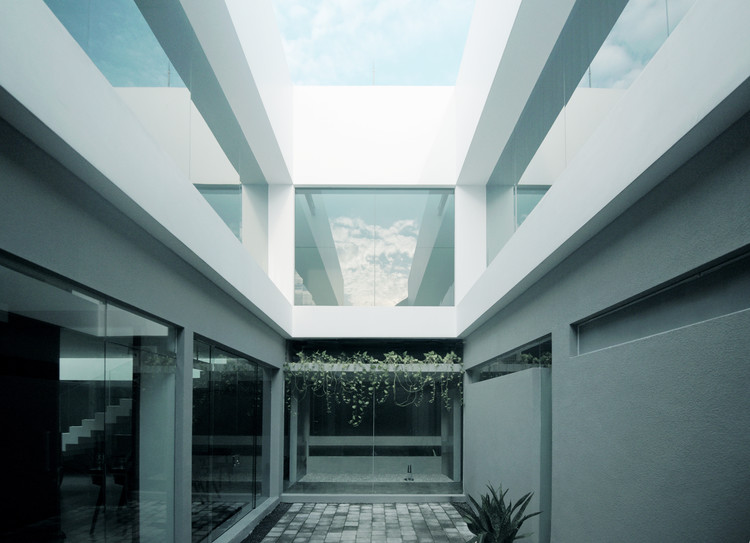
-
Architects: AATArchitects
- Area: 429 m²
- Year: 2019
-
Photographs:Project Tirai
-
Manufacturers: Niro granite, Roman Granite, YKK AP Asia

Text description provided by the architects. Surabaya is located at the eastern part of Java Island in Indonesia. It is one of the major cities in the country with a rich history of culture and architecture. The site of the project is located in an old housing complex with uniform design typology. It is to accommodate a young family of four and two kids. From the beginning, we want JL House, in the midst of typical clutter of architectural styles, imposing its calm order. An intervention to an established neighborhood. This intention resulted in a monumental but in contrast a breathing and living house.



































